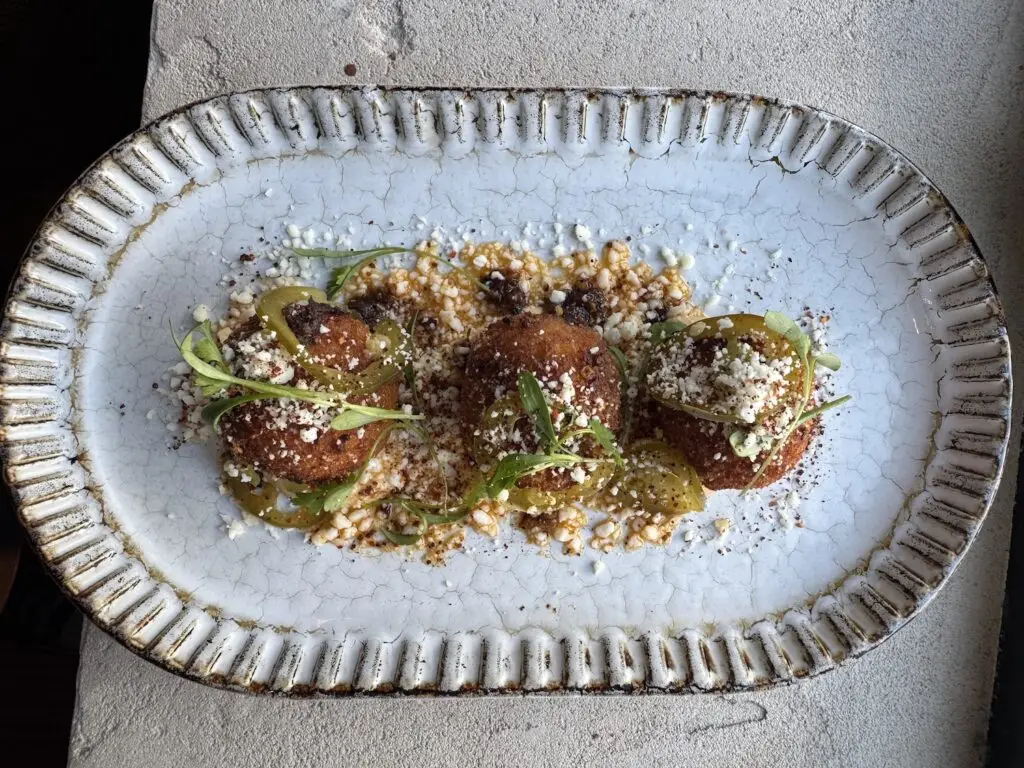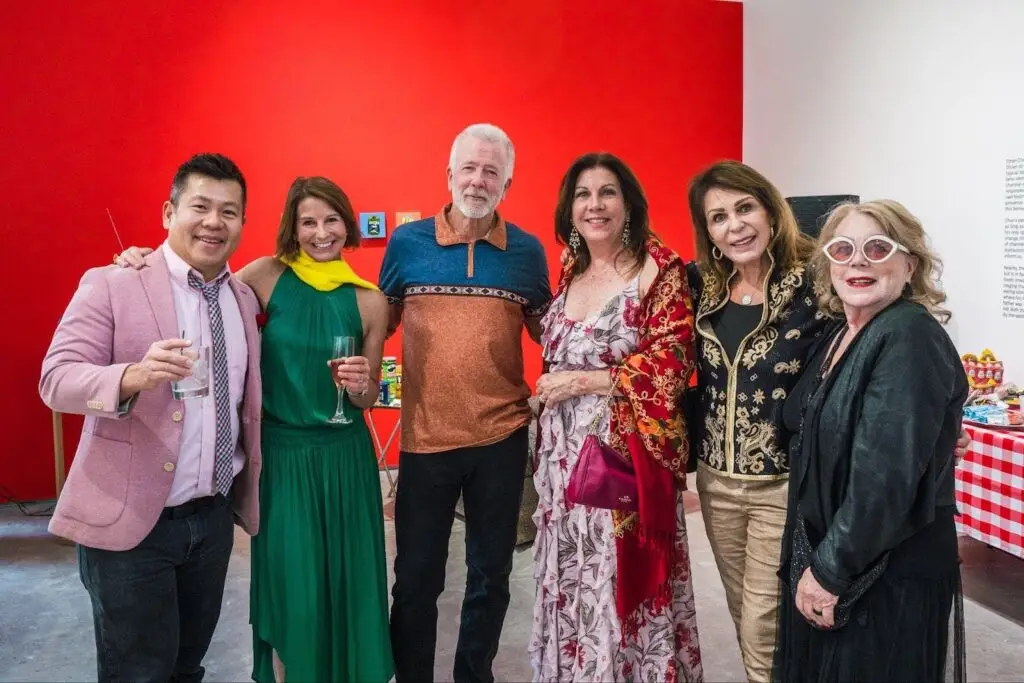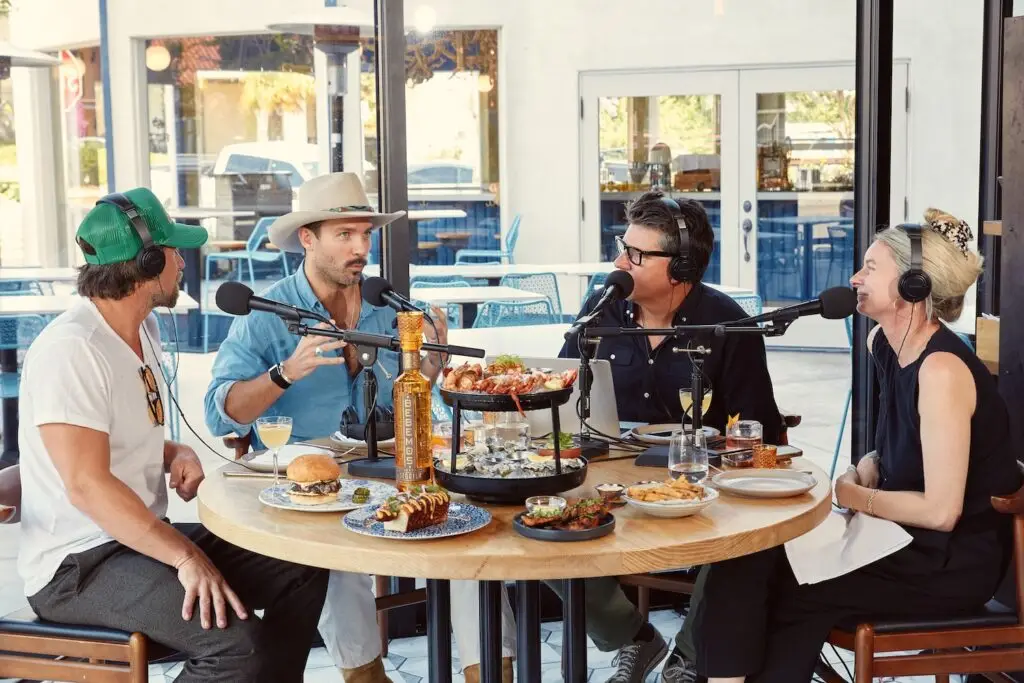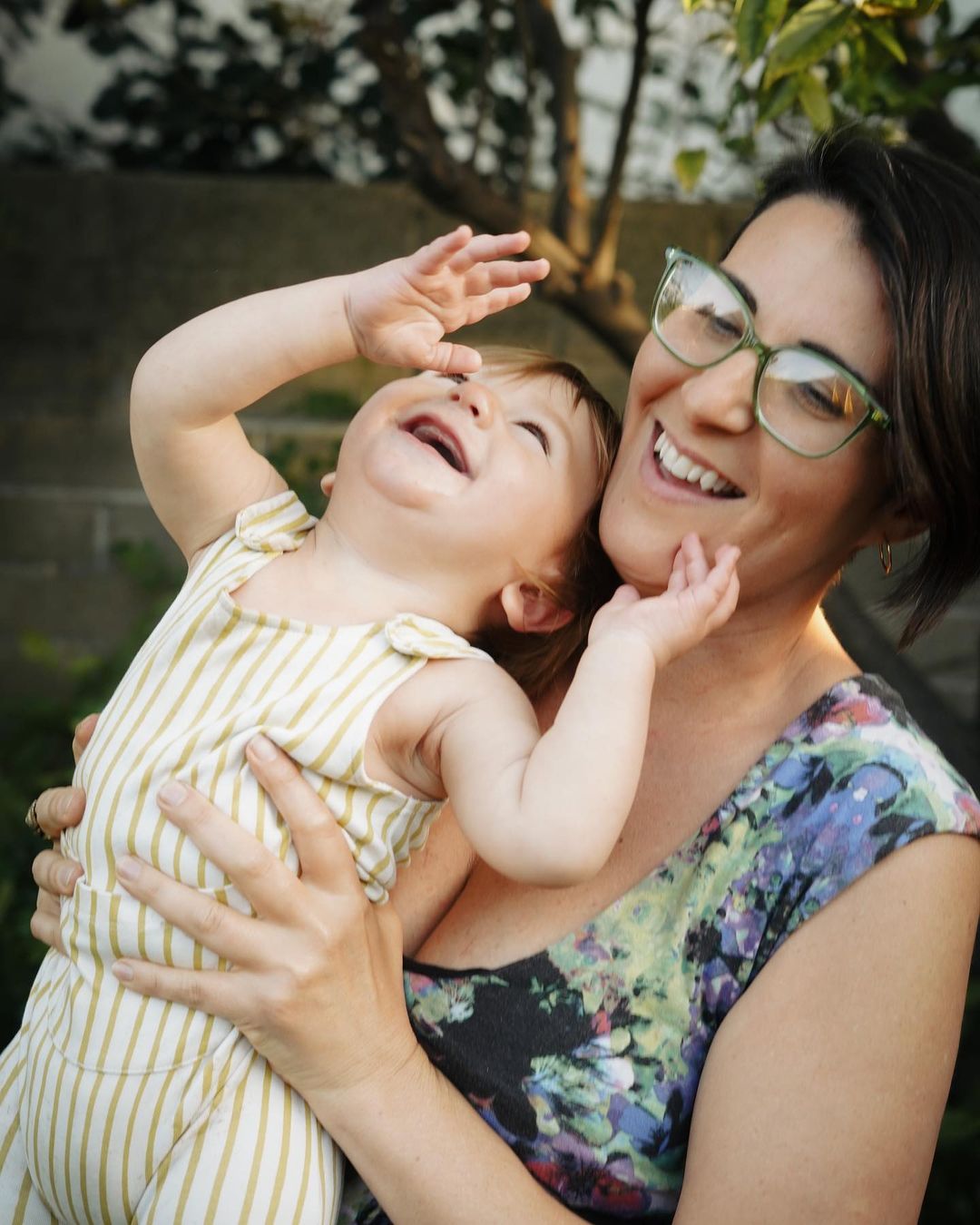Some kids like PB&Js, others cheesy crackers. Plenty enjoy candy as their favorite treat. But my children like me. I’m their favorite snack. That is, the breastmilk that my body makes, taking nutrients from my own blood, storing them in my breasts inside a type of gland called alveoli, and then pushing them out through the milk ducts and, you guessed it, my nipples.
People close to me joke that I must be serving the “good stuff” when they witness my two kids tandem breastfeeding—a practice that involves nursing two children of different ages at the same time.
One morning, when we were feeding, my oldest unlatched and asked, “Mommy, can I have a sleepover with my friends?” She’s 4-years-old and has been breastfeeding her whole life, alongside her younger brother since he was born.
Cognitive dissonance goes hand-in-hand with breastfeeding, tandem or otherwise. I often go from lovingly gazing at my sweet angels to thinking, “Get these blood-sucking monsters away from me!” in mere seconds.
I know my case is atypical—only 35 percent of 1-year-olds are still breastfeeding, according to the CDC, and there’s no data after that, even though the American Association of Pediatrics recommends breastfeeding up to “two years and beyond.”
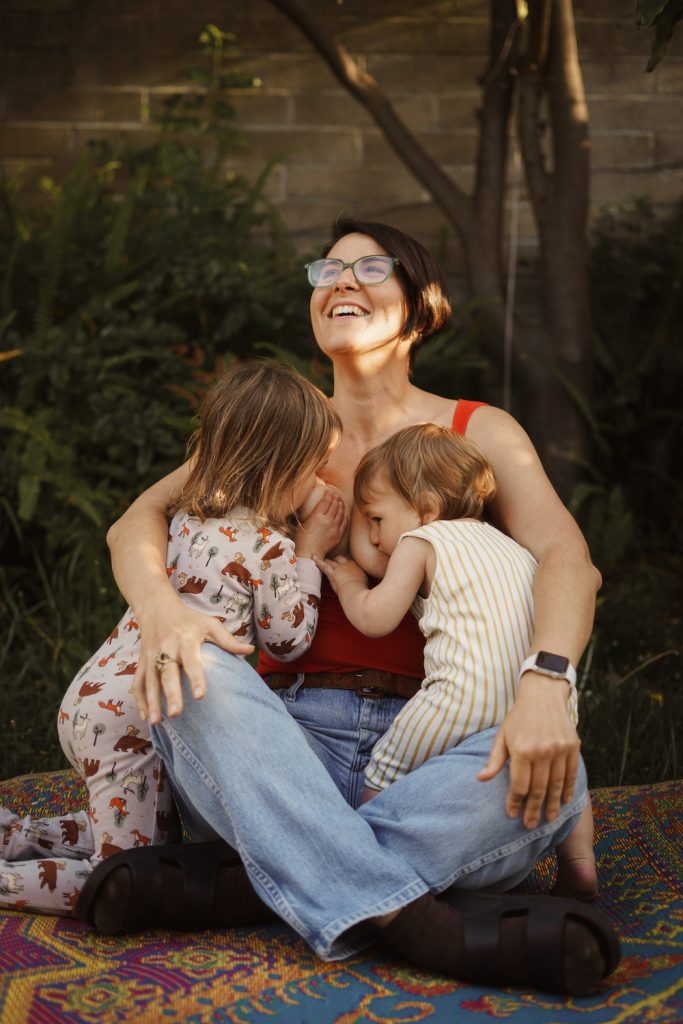
From the start, I have been stumped by the sheer lack of significant research on tandem breastfeeding. A study that concluded the nutritional contents of breastmilk adapt to the needs of older and younger children in tandem-nursing mothers had just 13 participants.
Furthermore, breastfeeding expert Dr. Diane Spatz wrote in an article in the November 2023 American Journal of Maternal/Child Nursing that many providers in the field don’t even know what tandem breastfeeding is, much less how to guide people who decide to do it.
Tandem breastfeeding wasn’t really something I decided on. Instead, it was something that happened to us as a family.
I hold this idea that my oldest will wean on her own terms—many kids stop breastfeeding during pregnancy, as the milk becomes more salty and less rich. But in my seventh month of pregnancy, my daughter was still happily nursing, so I started imagining what it would be like if I nursed both children at once.
When I Googled tandem breastfeeding, I saw a very idealized picture of the practice: smiling mothers, bonded siblings, thriving families. And there have been really sweet moments—and a lot of convenient ones, like when my kids are both crying and I can console them by giving each one a breast to drink from—but there have also been many unexpected challenges.
I did not anticipate how tired, thirsty, and hungry I was going to be. In this study, 55 percent of respondents identified “tiredness, frequent night waking, and painful breasts” as the main challenge associated with tandem breastfeeding.
Some days I can work, leave the house, go to the grocery store, and do life as a more-or-less normal adult. But there are many others in which the exhaustion sets in and I can do nothing more than read a book or doom-scroll. Typically, I eat three eggs for breakfast and a full lunch and dinner heavy on protein, and still, if I don’t have a snack before I go to bed, hunger will wake me up in the middle of the night.
A few months ago, I was on edge, deep in the transformation that closing the first year postpartum inevitably brings, and having two children constantly attached to me felt too overwhelming. I was ready to be done with tandem nursing, and to aid the transition, I hired a photographer friend to take pictures of both my children breastfeeding.
PARTNER CONTENT
When the photographer sent me the pictures, all I could see was my eldest’s little face as she gazed at her brother, touching his tiny hand. As she continues to breastfeed in her fourth year of life, she is not only getting the nutritional and immunological benefits of breastfeeding, but also the sort of attachment that lasts a lifetime. A bond between us three that goes beyond what science can explain.
During a morning like any other, my 18-month-old frolics about, occasionally pausing to nurse. My oldest child drinks deeply from the other breast. I lay back in the fortress of pillows that is my couch, and I watch my kids drink from me and play happily. I know, in a minute, I will feel agitated and yell at them to get off me, but for this one second, it is perfect.

